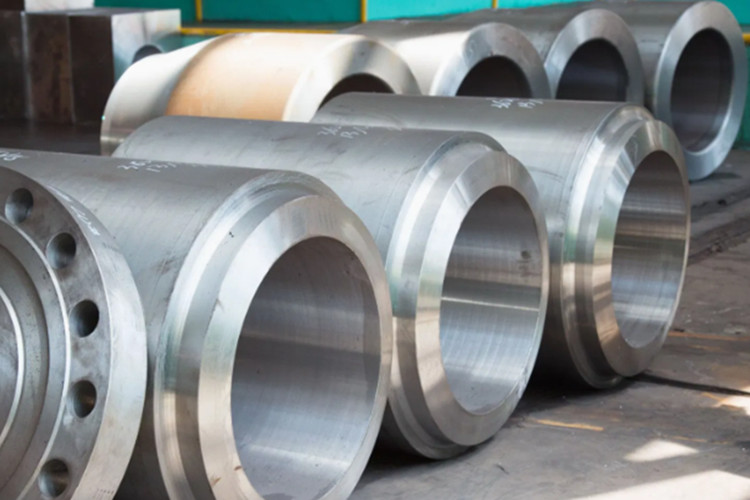- tyler@kirail.com
- +86 15603721115
There are many problems in the processing of stainless steel forgings. Whether these problems can be solved directly determines the quality of stainless steel forgings. Let us introduce the problems in the processing of stainless steel forgings.
1. Weld defects
The weld defects are serious, and manual mechanical grinding is used to compensate, resulting in grinding marks, causing the surface of the stainless steel forgings to be uneven, affecting the appearance.
2. Surface inconsistency
Only pickling and passivation of the weld will cause the surface of the stainless steel forgings to be uneven, affecting the appearance.

3. Scratches are difficult to remove
Overall pickling and passivation cannot remove the scratches of various stainless steel forgings during the processing, nor can it remove impurities such as scratches, welding spatter, and spatter adhering to the surface of stainless steel carbon steel, causing chemical corrosion or electrochemical corrosion in the presence of corrosive media and rust.
4. Uneven polishing and passivation
The pickling and passivation treatment is carried out after manual polishing and grinding. It is difficult to achieve a uniform and consistent treatment effect for large forgings, and it is impossible to obtain an ideal uniform surface. In addition, the cost of labor hours and auxiliary materials is also high.
5. Limited pickling capacity
Pickling paste does not have a passivating effect, and it is difficult to remove the black oxide of stainless steel forgings produced by plasma cutting and flame cutting.
6. Scratches caused by human factors are more serious
During the process of lifting, transportation and structural parts processing, the scratches on stainless steel forgings caused by human factors such as knocking, dragging, and hammering are more serious, which makes surface treatment more difficult and is also the main cause of corrosion after treatment.
7. Equipment factors
Scratches and creases on stainless steel forgings caused during the bending and rolling of profiles and plates are also the main cause of corrosion after treatment.
8. Other factors
During the procurement and storage of stainless steel forgings, the bumps and scratches during lifting and transportation are more serious, which is also one of the causes of corrosion.